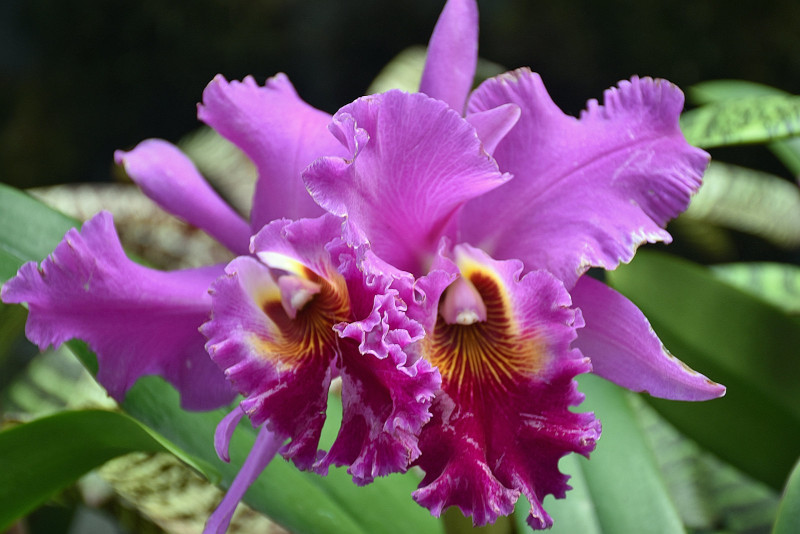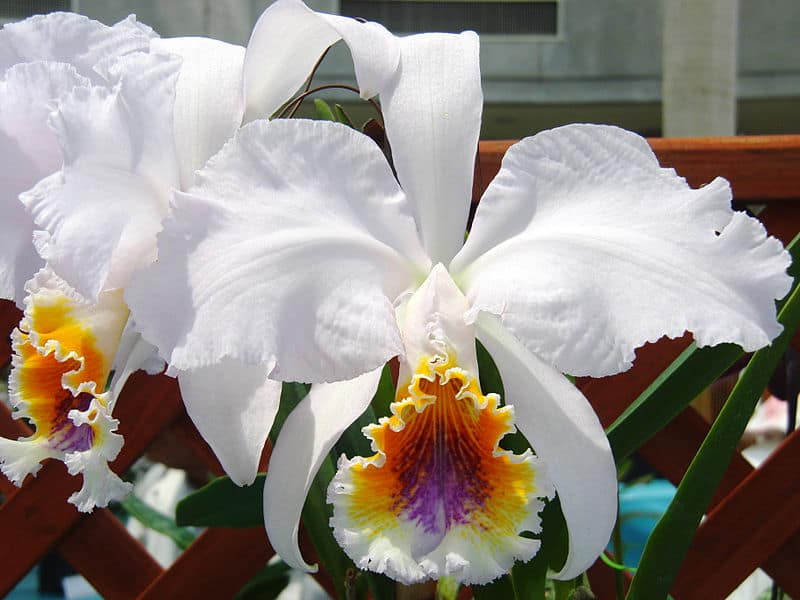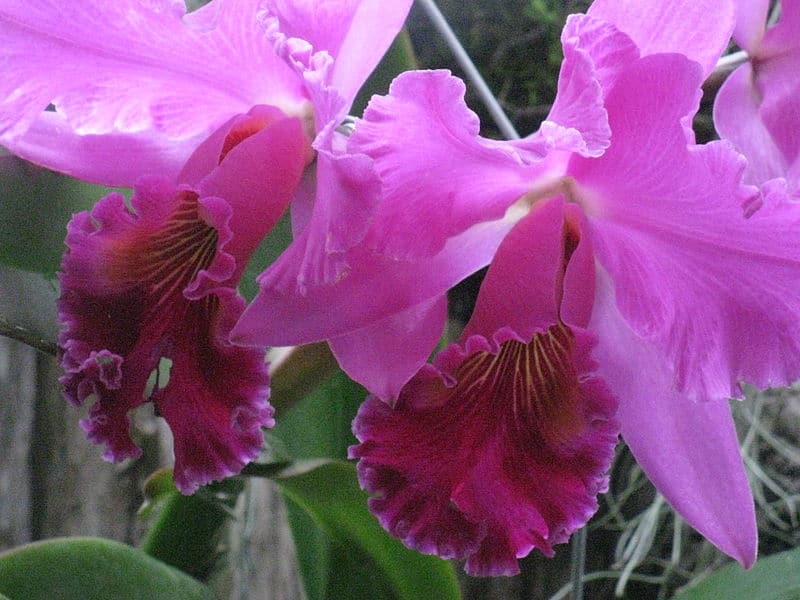Cattleya Orchid Facts
- Rather intriguingly, the term Cattleya Orchid serves as the collective common name for a genus containing 113 gorgeous species of orchids. While this may sound to some people like a very large number, relatively speaking, in actuality it isn’t.
- That’s due to a remarkable statistic. Amazingly, more than 26,000 known species of these stunning plants exist around the world. Despite this, though, the first discovery of this group by non-native individuals happened in relatively recent times.
- That’s because that event only occurred in 1817, in Brazil. Imagine the surprise of these individuals when they encountered these wonders. Researchers also later took samples of the gorgeous flower to Glasgow for identification and further study.
- The Cattleya Orchid received its name in honor of William Cattleya. He represented a distinguished and highly respected a British horticulturist of the time. He also became the first individual to successfully grow the plant outside of its native habitat.
- Following this single shipment for research, an unfortunate incident occurred. In fact, outsiders did not see the incredible species again for another 70 years. This occurred due to erroneous information pertaining to the precise location of its discovery.
Related Articles



Cattleya Orchid Physical Description
Regardles of which of the many species within the group one views, one fact stands out. That’s because all members of this impressive Genus share one trait for which they remain known across the globe. Given the photos used herein, that’s an obvious one, however.
That’s because every example of the amazing group produces relatively large, brilliantly colored blooms. Understandly, though, the size of the blooms naturally varies greatly by species. However, these blossoms typically range in size from 2-6 in (5-15 cm) across.
Astonishingly, the colors of the various individual species also include almost every color of the rainbow. Yet, that extremely impressive range does exclude the colors of black, and surprisingly, a few shades of blue. These marvels literally look like living botanical rainbows.
The majority of various examples of the Cattleya Orchid also display yet another distinctive feature. That’s true since these also produce flowers with the trait of having a total of only three narrow sepals. The breathtakingflora also typically produces three broad petals.
One more additional physical characteristic stands out. That’s the presence of the conspicuous lip for which the plants remain well known. Being quite variable, a single individual plant can sometimes display anywhere from 1-10 of the visually stunning flowers.
- Kingdom: Plantae
- Phylum: Angiosperms
- Class: Monocots
- Order: Asparagales
- Family: Orchidaceae
- Genus: Cattleya
Cattleya Orchid Distribution, Habitat, and Ecology
To no great surprise to those who encounter it, the stunning Cattleya Orchid remains a purely tropical group of species. Where it lives thus comes as no surprise. In fact, the Genus generally occurs in a range extending from Argentina to Costa Rica, in South America.
In all regions it appeas in, though, it proves itself to be moderately adaptable in terms of its choice of habitat. The various types do, however, most commonly grow in areas of bright sunlight, with partial shading. Yet, the flora also makes its home in other areas.
The captivating creations of Nature additionally have yet another secret with which to amaze us. That holds true because the color of the leaves also easily varies, based on local conditions. This actually differs according to the amount of sunlight each receives.
Under optimum conditions of lighting, however, the leaves of the incredible Cattleya Orchid, regardless of individual species, develop an apple green color. Contrasting with the dazzling hues of the blooms, this creates a visual combination to leave to the viewer in awe.
The plant does not bloom without ample sunlight, though. It also prefers soil types with a high moisture content, but with ample drainage. It also reproduces through the production of pseudobulbs. In another remarkable pattern, some species even bloom twice per year.
Species Sharing Its Range



Check out our other articles on 4 Marvelous Mammals of Madagascar, Aldabra Giant Tortoise, Great Barrier Reef, Western Desert Tarantula, Snake’s Head Fritillary












Hello –
Can anyone tell me the name of the Cattleya Orchid that appears in the picture at the top of the article? It has a white background with purple stripes. You can write me direct at pljohn761@hotmail.com.
Thank you,
John